The inner part is a red lacquer painting of two dragons facing each other on a brown lacquer background with a cloth head guard which is connected by a blue silk cord.
The dragon is one of the most emblematic representations of Japanese art, originating from China and deriving from the Hindu Nagas (giant snake), it draws from Taoism the principle of ying and yang (feminine-masculine). It is associated with the element of water, both the rain, rivers and oceans, and also controls all scaled beings (fish and reptilians). He is also attributed magical powers: power of invisibility, to take any form, to shrink or grow according to his will and to see him in his entirety leads to death because of his divine nature (this is why he is not represented in his entirety, always in half or covered with clouds). Under the influence of Buddhism, it is attributed spirituality and wisdom, it becomes the protector of the gods and the symbol of the transcendence of life and the state of perpetual change and evolution. His appearance is most singular, he is deaf, a camel's head, deer's horns, hare's eyes, a bull's ears, a snake's neck, a carp's scales, a tiger's legs and an eagle's claws. He has sideburns near his lips, his breath turns into clouds or lightning.He loves to eat sparrows and swallows but he is afraid of centipedes and silk dyed in five colours so metal is fatal to him.There are lots of different dragons some with wings, kings and queens. They come down from the sky in spring and up the rivers in autumn, the dragon is associated with spring and has the power to move water from the earth to the sky.


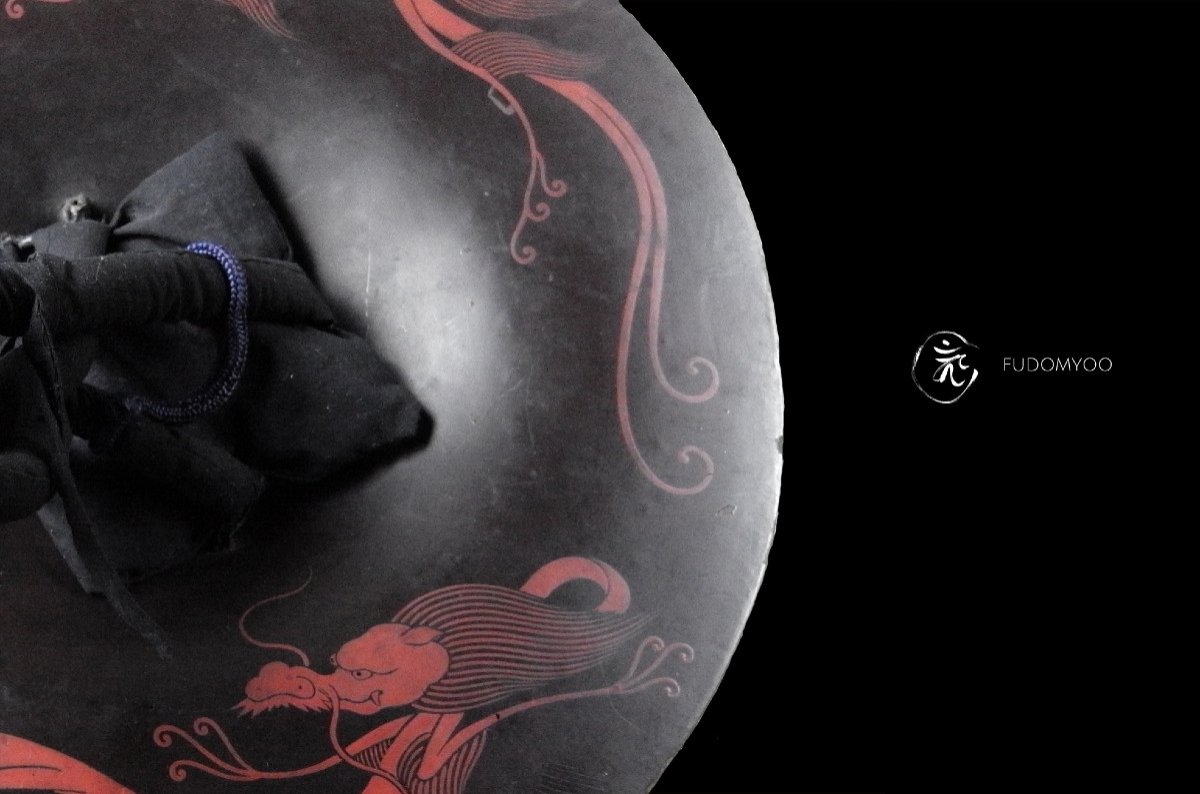

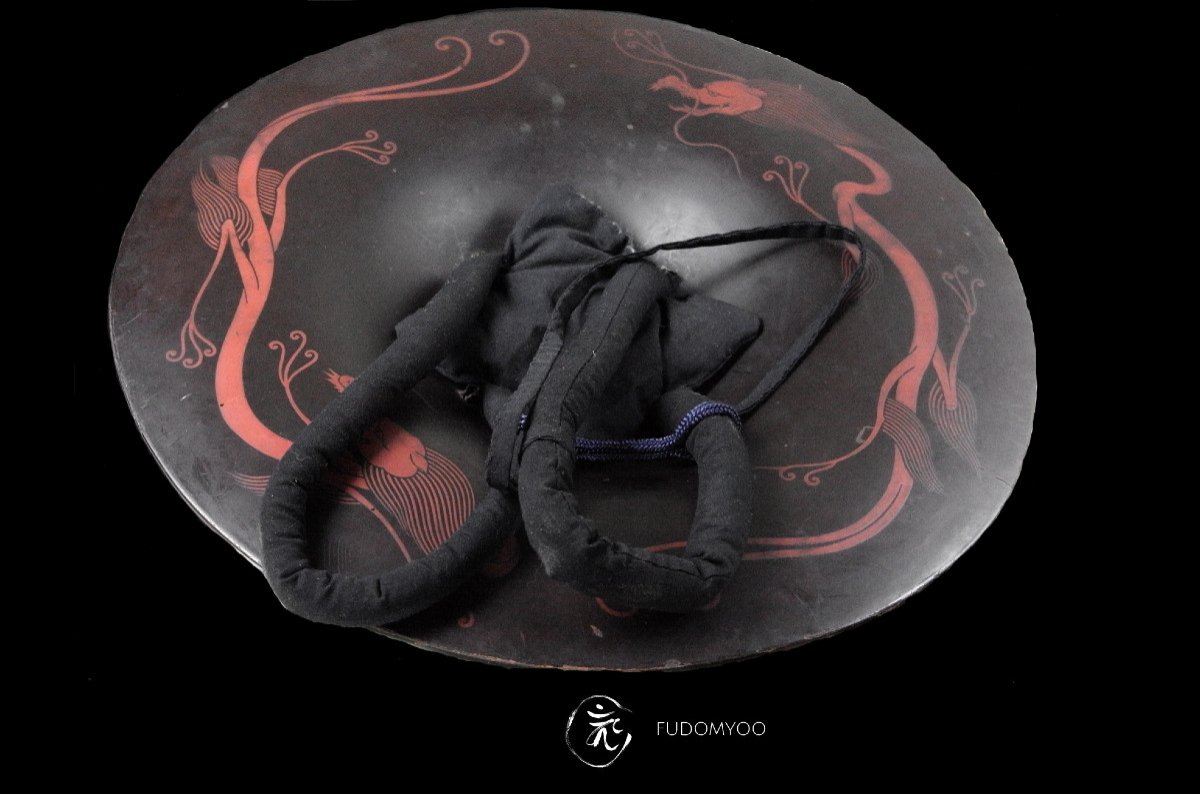

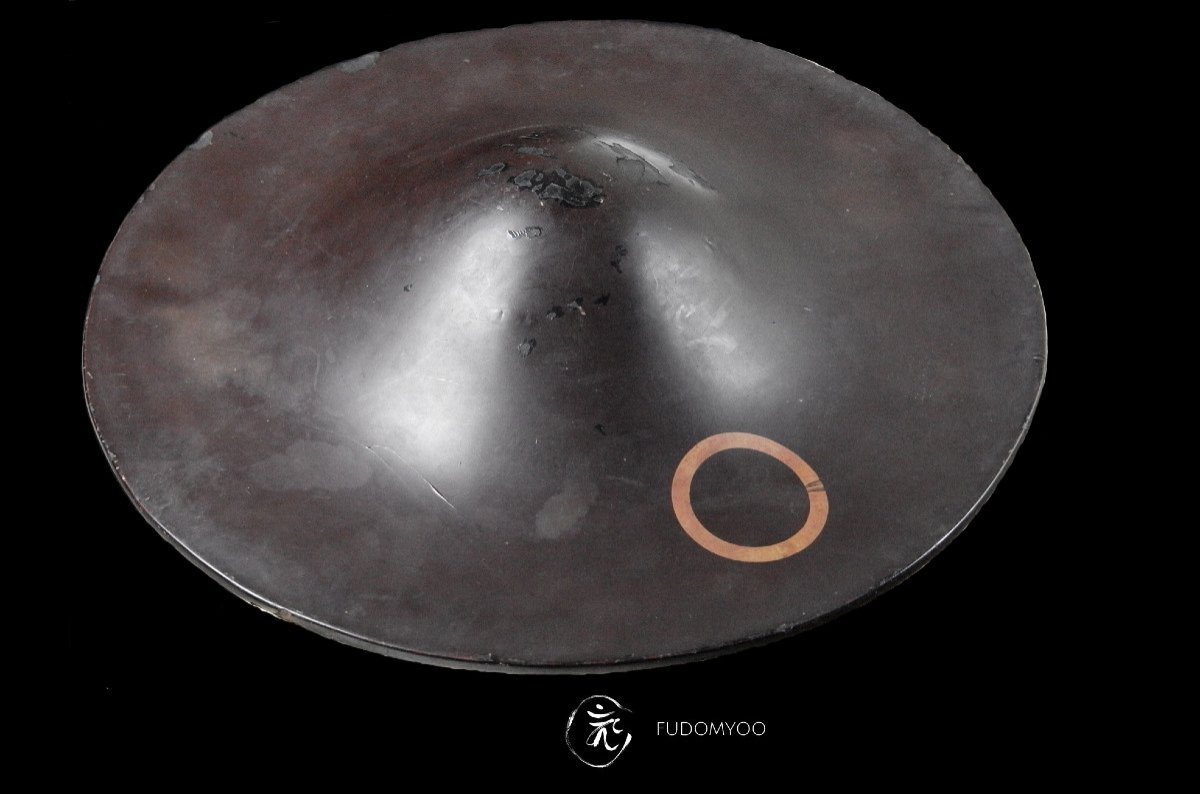

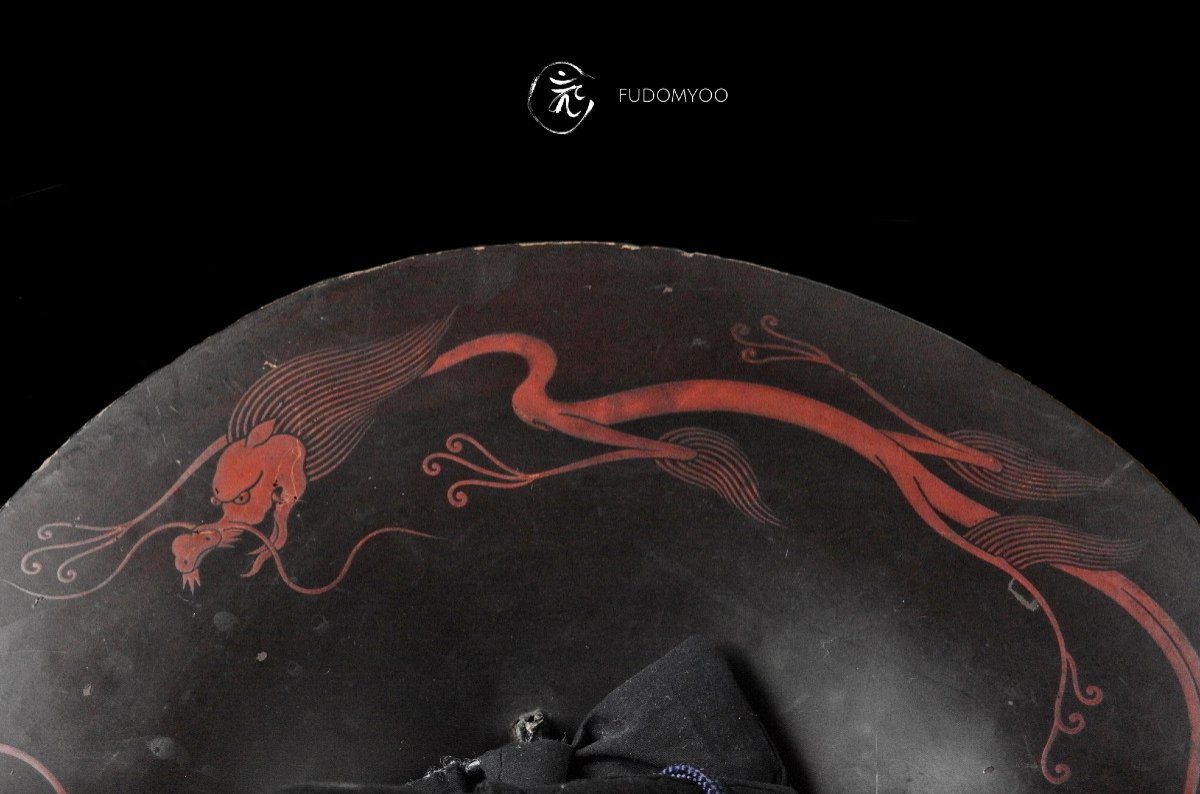








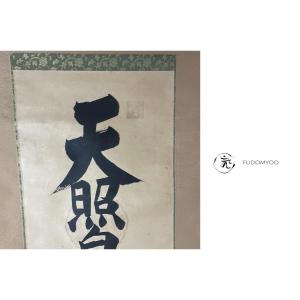
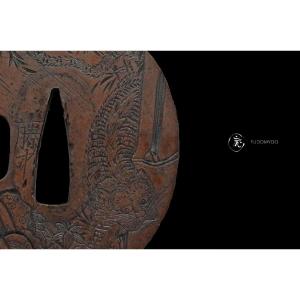

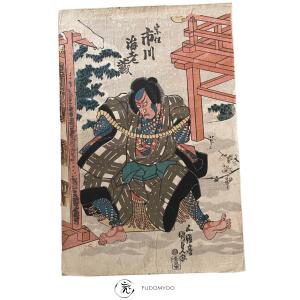
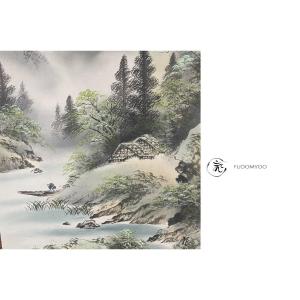
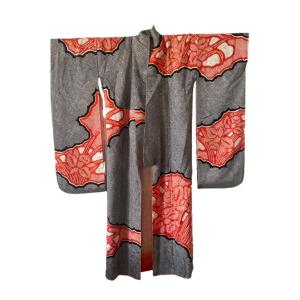
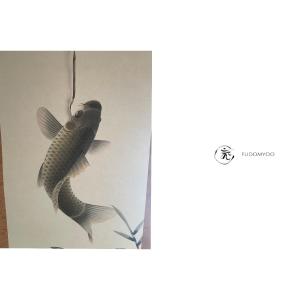



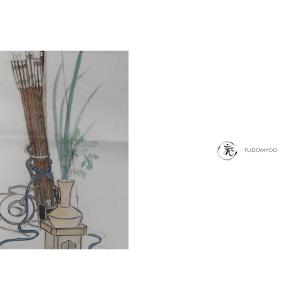
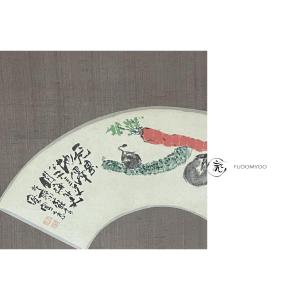
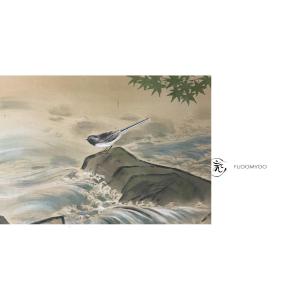
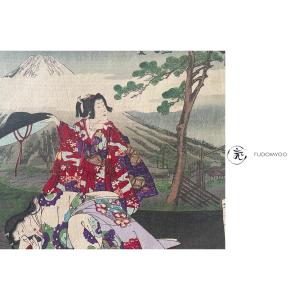

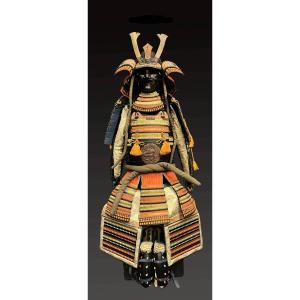

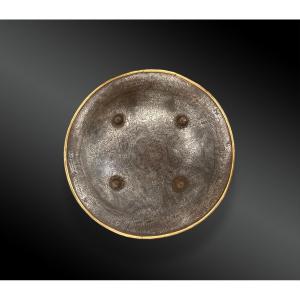




 Le Magazine de PROANTIC
Le Magazine de PROANTIC TRÉSORS Magazine
TRÉSORS Magazine Rivista Artiquariato
Rivista Artiquariato